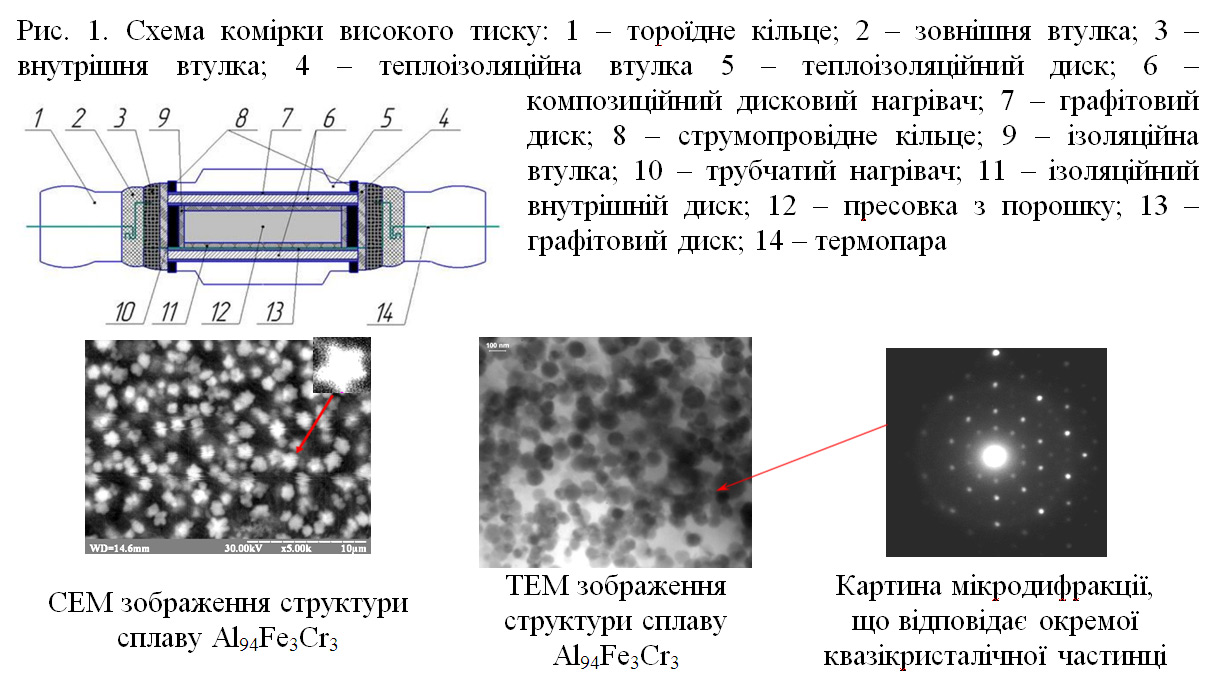Regularities of quasihydrostatic compression influence on structure and mechanical properties of crystalline metal-like substances and quasicrystalline metallic materials
For the first time physical representations and theoretical assumptions about the regularities of the influence of quasi-hydrostatic compression, as the most stringent conditions of deformation, on the composition, phase transformations, structure, strength and plastic properties of crystalline metal-like and quasicrystalline metal phases, including titanium hydride with a high hydrogen content and Al-Fe-Cr alloy with finely dispersed particles of quasicrystalline phases. The fundamentals of controlling the composition, phase and structural transformations, the level of strength and plasticity of these materials are scientifically justified by optimizing processing parameters under conditions of quasi-hydrostatic compression. This enables the development of conceptually new approaches to the creation of promising structural hydride materials for protection against radiation and neutron irradiation and composite quasicrystalline aluminium alloys with enhanced thermal stability. The conditions for obtaining high-strength states of hydride materials and quasicrystalline aluminium-based alloys are substantiated, the physical foundations for their strength and plasticity are substantiated, scientific and technical bases for improving existing technological options and developing new approaches to manufacturing world-class competitive high-quality hydride materials and quasi-crystalline aluminium alloys for work in high temperatures conditions.
A distinctive feature of the obtained results from domestic and foreign analogues is for the first time in the world practice an experimentally grounded possibility of consolidating powders of brittle titanium hydride and a composite quasicrystalline aluminium-based alloy under quasi-hydrostatic compression conditions for a significant reduction in the process temperature, both for maintaining a high hydrogen content in titanium hydride without the use of protective shells while maintaining its biosecurity properties from radiation and neutron and maintenance of the quasicrystalline phase in the Al-Fe-Cr alloy to achieve a higher strength while maintaining sufficient ductility in comparison with existing world analogue – more expensive modern powder aluminium alloys with intermetallic compounds (FVS alloys, USA), which can be effectively used for operation at temperatures up to 300-400 °C.

| Attachment | Size |
|---|---|
| 249.74 KB |




